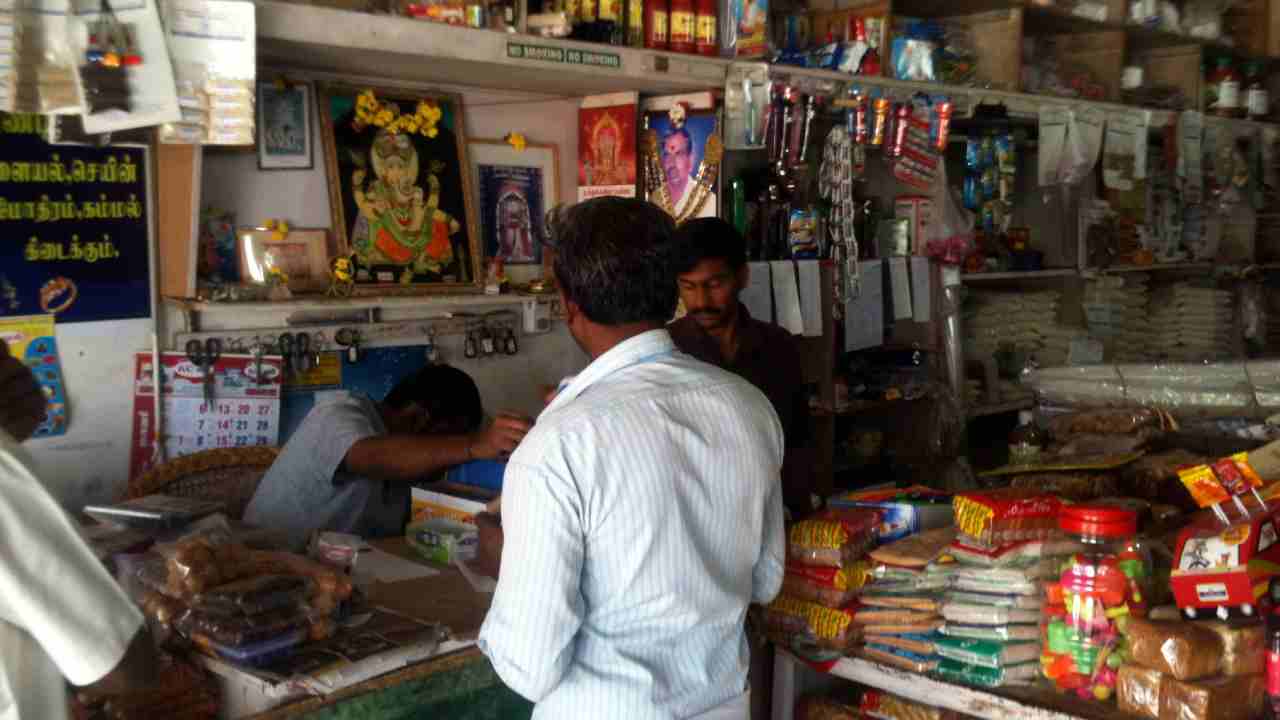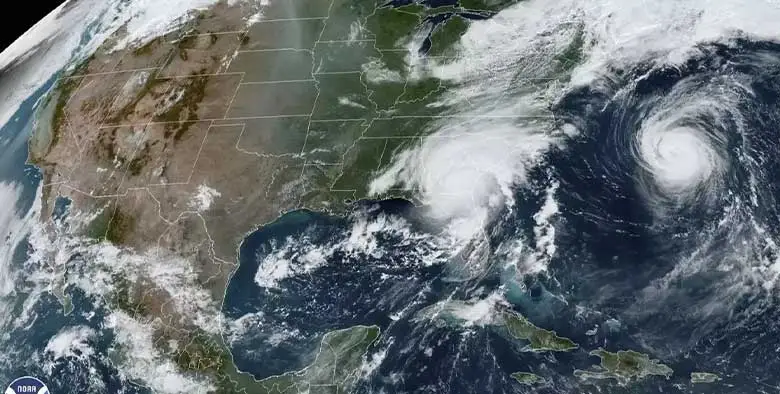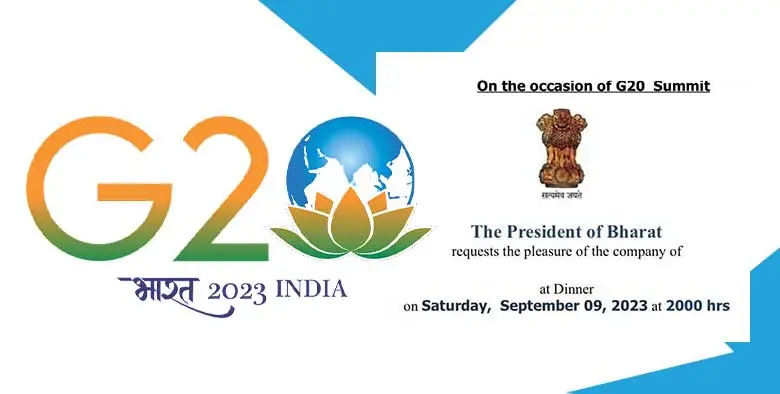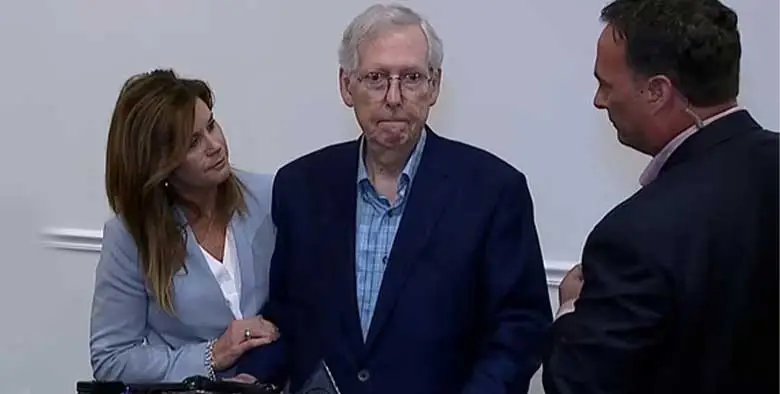- Know Everything About Nipah Virus, Which Is Back In Kerala Again
- Kevin Porter Jr Arrested On His Girlfriend’s Assault Charge
- Market Change Overnight - Know The 8 Things That Did It
- Who Are Alba Baptista And Chris Evans Married On The Weekend?
- Disrupted India vs Pakistan Asia Cup 2023 Match on Reserve Day
- 10 Common Foods That Contain No Calories or Are Very Low in Calories
- Men’s Styling Tips - Know the 9 Common Style Mistakes to Avoid
- Coco Gauff Beats Karoline Muchova and Reaches the US Open Final
- Danny Masterson Gets Life Sentence of 30 Years for Two Rapes
- Experience A Splendid Vacation in Kashmir with These 15 Gorgeous Sights
- India
- Thrusday , April 25, 2024
- Last Published Sep 12, 2023, 6:48:32 PM

Which Items Will Get Costlier Due To Surged GST Rates?
From today, i.e., July 18, 2022, consumers will have to spend more on several items, including prepackaged food items. It is because the government has decided to include these items under the ambit of the Goods and Services tax slab. Recently, the GST council, headed by Finance Minister Nirmala Sitharaman, held its 47th meeting. In the meeting, it was unanimously decided that the rate hike for several essential items is necessary for addressing the country's current economic challenges. In her response to rate hikes, the Finance Minister stated, "Any increase in GST rates is intended to make up for inefficiencies" in the value chain". As per the statement released by the tax department, single-use packages of food items, including cereals, pulses, and flour weighing up to 25 kg, will be treated as 'prepackaged and labelled' items. Due to this, these items will be liable to a 5 per cent GST rate hike from July 18 onwards.
Clarification From Tax Department
On Sunday night, the Central Board of Indirect Taxes (CBIC) clarified GST applicability on 'prepackaged and labelled' goods. According to its statements, packaged food items (such as pulses, cereals like wheat, rice, flour, maize, etc.) under 25 kg or 25 litres will come within the purview of the definition of 'prepackaged commodity' under the Legal Metrology Act, 2009. https://twitter.com/FinMinIndia/status/1548920608209379328 The board also stated that GST rates would apply to a package containing multiple retail packages. For instance, a combo pack containing ten retail packs of rice of 10kg each will be treated as a prepackaged commodity. Hence, it will come under the ambit of the 5 per cent GST rates slab. The tax department further added that "For GST, the prepackaged commodity will mean a commodity which, without the purchaser being present, is placed in a package of whatever nature, whether sealed or not, so that the product contained therein has a predetermined quantity. Any such supply which requires declaration under the Legal Metrology Act will attract GST". https://twitter.com/FinMinIndia/status/1548916296116731905Items Which Will Get Costlier Due To Rate Hikes
Here is the list of items which will cost high from July 18 onwards: https://twitter.com/FinMinIndia/status/1548912111103148037- Unit packs of food items, including cereals, pulses, and flour weighing up to 25 kg, will be treated as 'prepackaged and labelled' and liable to 5% GST. Other items, such as curd, lassi, and puffed rice, will also attract GST at the rate of 5% when prepackaged and labelled.
- Other items that will cost more are printing, writing or drawing ink, knives with cutting blades, paper knives, pencil sharpeners and blades, spoons, forks, ladles, skimmers, and cake servers. These items are now shifted to 18% tax slabs from the earlier 12 % slab.
- LED lamps and solar water heaters will be taxed as per the 18% slab.
- Tetra Pak (or aseptic packaging paper) used for packaging liquid beverages or dairy products will come under the 18% tax slab instead of the 12% slab.
- Cut and polished diamonds will be taxed at 1.5% from their earlier rate of 0.25%.
- Hotel accommodation rates up to Rs 1,000 per day will now be taxed at 12%.
- 5% GST will be levied on non-ICU hospital rooms with room rent above Rs 5,000 per day.
- 18% Goods and Services Tax (GST) will now be applicable on bank cheque book/loose leaf cheques, and 12% on maps, atlas, and globes.
- The rate on machines for cleaning, sorting or grading seed and grain pulses, machinery used in the milling industry or for the working of cereals, etc., 'Pawan Chakki', wet grinders will now be taxed at the rate of 18%.
- Tax exemption on training or coaching in recreational activities pertaining to arts or culture or sports is being restricted to an independent level only.
- Tax exemption on the following services is being withdrawn- transportation by rail or a vessel of railway equipment and material, storage or warehousing of commodities attracting tax (such as nuts, spices, copra, jaggery, cotton, etc.), fumigation in a warehouse of agriculture produce, services by the RBI, the IRDA, the SEBI, and the FSSAI, GSTN, renting of a residential dwelling to business entities (registered persons), and services provided by cord blood banks by the method of stem cells preservation.
Which Items Will Get Cheaper?
The meeting of the GST council on the country's monetary policy framework also deduced tax rates on the following goods and services: https://twitter.com/cbic_india/status/1548538920568508416- Tax on goods and passengers transport by means of ropeways would decline to 5% from 18% slab.
- Renting trucks/goods carriage where the fuel cost is inclusive will become cheaper as these will be included in the 12% tax slab from the earlier 18% slab.
- GST rates on medical items like ostomy and orthopaedic appliances, including splints and other fracture appliances, artificial parts of the body, other appliances which are worn or carried, or implanted in the body, compensation for a defect or disability, and intraocular lens will be taxed at the rate of 5% from 12%.












